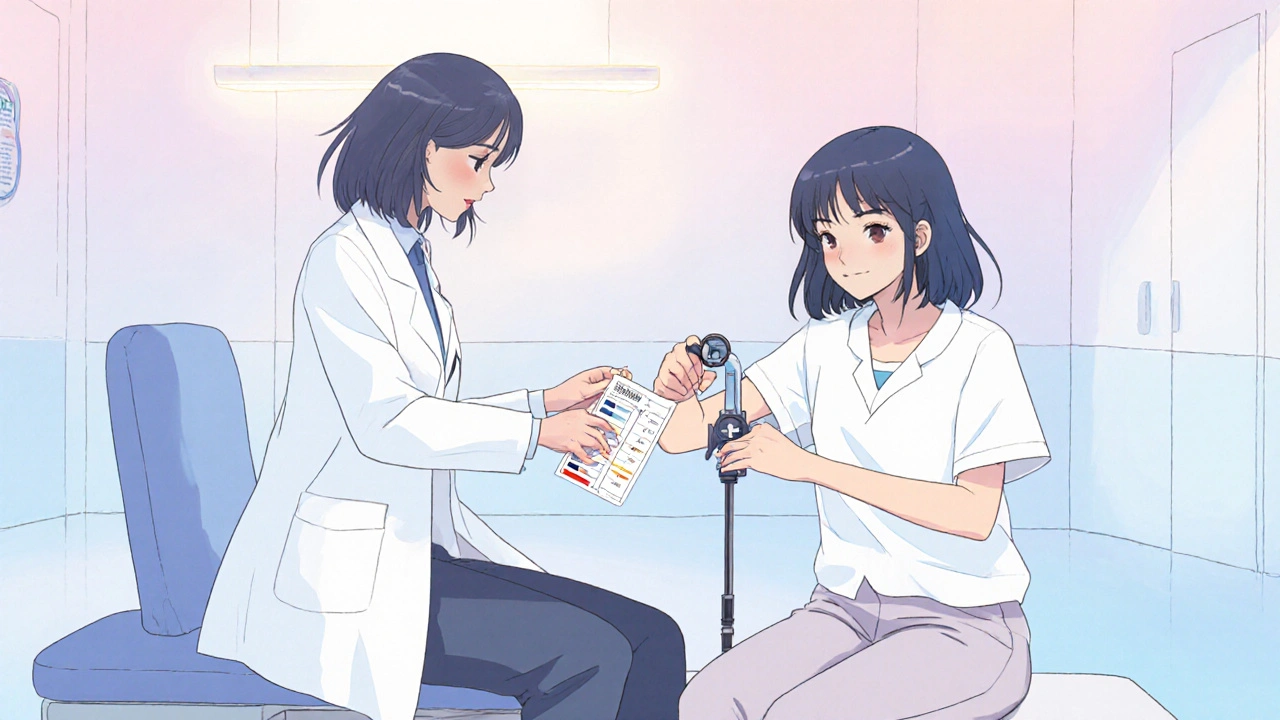Learn how physical therapy reduces spastic muscle tone, the key techniques used, and how to build an effective treatment plan for lasting mobility.
Read MoreSpastic Muscle: Causes, Treatments & Management
When dealing with Spastic Muscle, a condition where muscle fibers contract uncontrollably, causing stiffness and limited movement. Also known as spasticity, many people wonder how to regain mobility. muscle relaxant, a class of drugs that reduce involuntary muscle tone by acting on the central nervous system often enters the conversation. In simple terms, a spastic muscle encompasses unwanted tension, and tackling it usually means a mix of medication, therapy, and daily habits.
Spasticity typically shows up after neurological events such as stroke, traumatic brain injury, multiple sclerosis, or cerebral palsy. The damaged pathways send mixed signals, so muscles stay locked in a contracted state. This persistent contraction can lead to pain, joint deformities, and difficulty with everyday tasks. Understanding the root cause helps clinicians choose the right approach, whether that’s targeting the nerve signals with medication or retraining the muscles through movement.
Among the medication options, Baclofen, a GABA‑B receptor agonist commonly prescribed to ease spastic muscle symptoms is a frontline choice. It works by damping the excitatory signals that fire off the muscle fibers. Typical dosing starts low and ramps up to balance relief with side‑effects like drowsiness. For patients who need an alternative or adjunct, drugs like tizanidine or dantrolene can be added, each with its own profile of benefits and risks.
Medication alone rarely restores full function. physiotherapy, targeted exercises and manual techniques that improve muscle length and control plays a crucial role. Stretching routines keep muscles from tightening further, while strength‑building exercises teach the nervous system new patterns. Gentle proprioceptive training, such as weight‑bearing activities, can also reshape how the brain perceives muscle tone. In practice, managing a spastic muscle requires a partnership between drug therapy and active rehab.
Beyond drugs and therapy, everyday strategies make a big difference. Using positioning aids—like supportive cushions or braces—helps maintain proper alignment and reduces the risk of contractures. Heat packs or warm showers can relax tight fibers before stretching. Staying hydrated and maintaining a balanced diet support overall muscle health, and regular check‑ins with a neurologist ensure the treatment plan stays on track as symptoms evolve.
Below you’ll find a curated collection of articles that dive deeper into each of these areas: drug comparisons, practical tips for daily management, and guidance on combining treatments for the best outcome. Explore the resources to build a personalized plan that keeps your muscles moving in the right direction.
